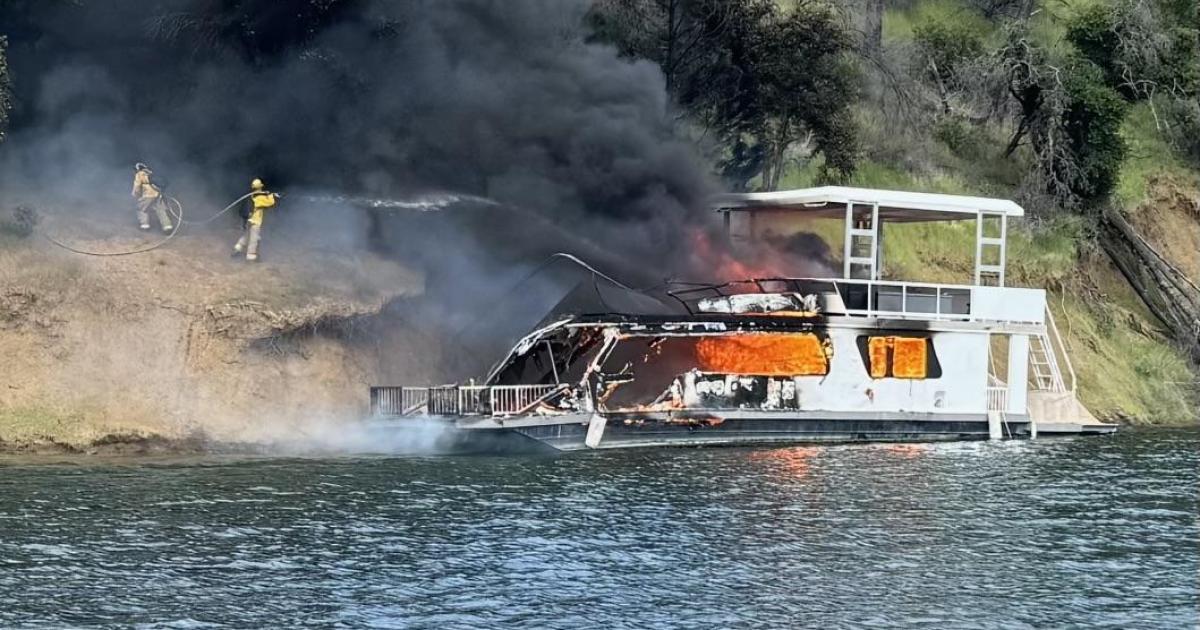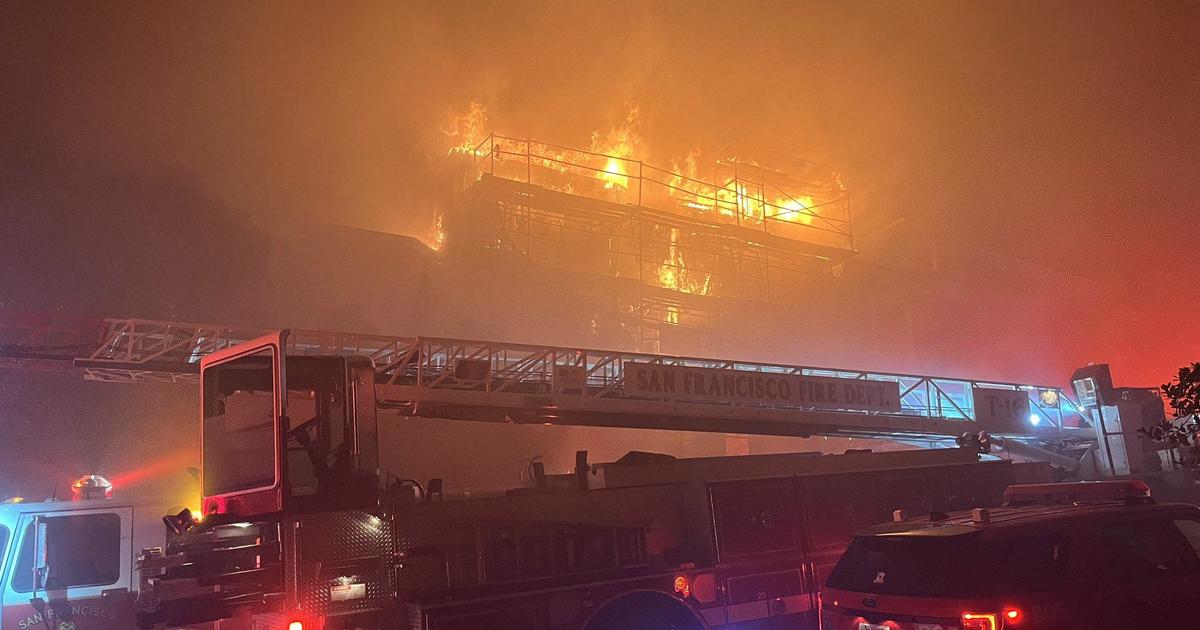Rising Sea Level Threatens Stinson Beach Neighborhoods
SAN RAFAEL (KPIX) -- Coastal communities are still grappling with rising sea levels caused by global warming. The U.S. Geological Survey predicts that by 2100 the ocean could rise as much as seven feet, putting some 600,000 homes at risk of flooding. Many of them are in Marin County.
Sea level rise is threatening homes and infrastructure near Stinson Beach. The State Coastal Commission has ultimate permit authority there and wants to stop the building of sea walls and let nature take its course. Residents and the county are pushing back.
"We assume there will be a fire, we assume there will be an earthquake and we plan for that. But, really, how much is the ocean going to go up?" asked Mike Matthews, president of the association that represents Stinson Beach homeowners.
Matthews is all too familiar with the threat of sea level rise.
It first took center stage six years ago when property owners in low-lying neighborhoods known as the Calles and the Sonoma-Patio got a letter from the county warning that sea level rise would be affecting their ability to obtain permits for improvements to their properties.
"Lots of people, delighted with their beach house and one and a half minute walk to the beach, all of a sudden discovered that you wouldn't be able to get a permit for anything," Matthews said.
Any structure within 1,000 feet of the shoreline, referred to as the Coastal Zone, could potentially be affected.
"That equates to 'can't sell your house' and that equates to loss of the value of it so there was an extreme reaction," Matthews said.
The county was getting pressure from the Coastal Commission to update its Local Coastal Plan and the commission was proposing something referred to as "managed retreat." That essentially means relocating or abandoning all structures in the coastal zone -- in this case the whole town, rather than protecting it.
"If you are saying 'well we are going to move these homes' -- well, where are you going to move them to?" asked Jack Liebster, advance planning manager for the county of Marin. "These are pretty expensive areas and where are you going to get the money to do that is ... a big question," Liebster added.
He says managed retreat could also prevent plans to elevate or protect a low-lying section of Highway 1 near Stinson Beach. "Highway 1 is iconic for the state of California and to have a chunk missing out of the middle of the highway would not be very good," Liebster said.
In 2018 Marin County officially proposed a more moderate sea level rise plan. Liebster says the Coastal Commission sent it back with changes which the county refused to accept. Discussions came to a grinding halt until now. This year, he says, the county is back at the table with some new ideas.
"One of the things that we are looking at employing are nature-based alternatives," Liebster said. Among them: using dredging material from the bottom of the bay to raise wetland levels, a project already underway in the canal district of San Rafael.
At Stinson Beach the plan is to create a dune system by importing more sand and planting it with beach grass. It's something that has worked well at Lawson's Landing, a popular campground at the entrance to Tomales Bay.
"The Lawson family is definitely friends of the European Beach Grass, said Willy Volger, part owner of Lawson's Landing.
He says the beach there has actually grown bigger over the years but he knows things can change, so managed retreat might become a necessity.
"The beach is a moving, living thing and, you know, we're hoping that it can grow along with us and we can stay here. But if things don't work that way we do have more property that continues on up the hill," Volger said.
Back in Stinson Beach the exclusive, gated community of Seadrift has been forward thinking.
"When it was still possible, they got permission to install a very expensive rock wall along the edge of the Seadrift properties on the ocean side," Matthews said.
Multimillion dollar homes in Seadrift are built on raised foundations but the less affluent Calles and Patios neighborhoods in the lowlands remain vulnerable and soon may be unable to protect themselves.
"I wouldn't want a house down there right now," Matthews said.
He hopes this time around discussions with the state on a local coastal plan will include more compromise, with a focus on a shorter 20 years instead of the Coastal Commission's proposed 100-year plan.
"It is true you have to look for the worst-case events in planning but you want to have some sense that they're actually going to happen. Let's see what actually does happen and then manage it," Matthews said.
The Coastal Commission turned down our request for an interview for this story but, two years ago when we explored the same topic in Pacifica, their top expert told KPIX there is no more time for compromise.
WEBLINKS
KPIX: Homeowners Fear Losing Property Over Policies to Address Sea Level Rise
Coastal Conservancy: Sea Level Rise Adaptation



